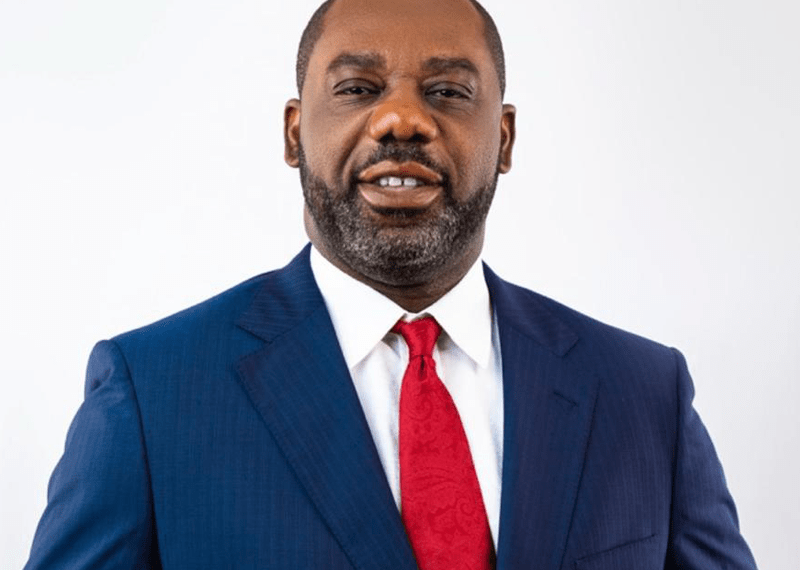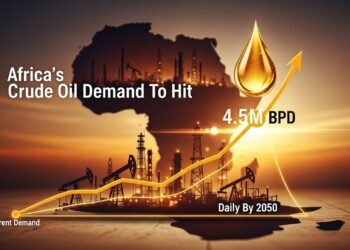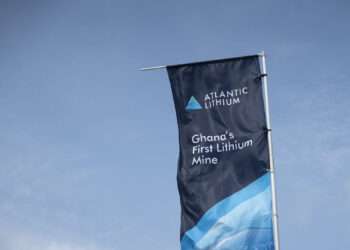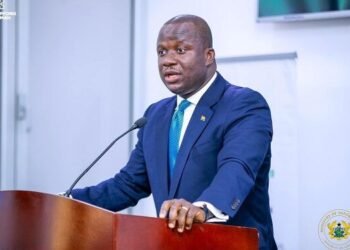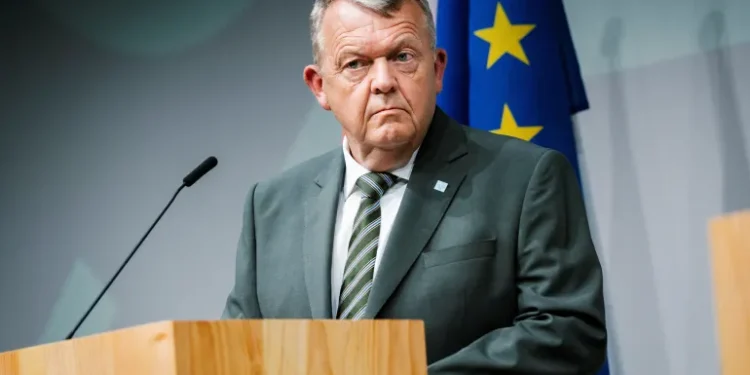Ghana’s energy sector debt risks escalating, forcing the government to settle outstanding bonds which are set to mature in the near term with entirely new bonds, the Africa Centre for Energy Policy (ACEP) has cautioned.
The energy think-tank proffered that this is due to the inability of the energy debt recovery levy (EDL) to defray the energy sector debts and clear outstanding bonds when they are due.
“At this current rate of coupon payments, bond issuance and buyback costs, administrative expenses and EDRL collections, the government may continue to settle outstanding bonds maturing in the short term with new bonds. This would generate a spiral of debts which ESLA was conceptualised to curb within five years.”
ACEP
Since its establishment, ESLA PLC has raised bonds of about GHS8.7 billion. Out of this amount, GHS8.06 billion is cited to have been settled, ACEP noted. The think-tank further adduced that, it was unclear “how much of the legacy debt and associated interest is outstanding due to unavailable comprehensive information on the total outlook of legacy debt”.
In addition, ACEP carefully pointed out that, ESLA PLC (a special purpose vehicle, to issue long term bonds to pay energy sector outstanding debts) is not just dealing with legacy debt but is also paying for some of the recurrent under-recoveries. Accordingly, about $161.9 million was paid with ESLA bonds to settle recurrent debts owed to Independent Power Producers (IPPs) in 2021.
ACEP noted that the ability of EDRL to retire the bonds at the end of the maturity is marginal, which makes it difficult to predict when the burden of energy sector levies will be lifted off the shoulders of consumers. Currently, ESLA PLC’s receivables are used mainly for coupon payments, to settle bond issuance charges and administrative expenses.
Moreover, between 2017 and 2021, ESLA PLC received about GHS7.4 billion as disbursement from the energy sector levies. The think-tank averred that ESLA PLC has over these years, spent about GHS 5.7 billion cumulatively, representing about 77 per cent of total collections in making coupon payments to bondholders.

ESLA Levy Likely to be Increased to Address Debt
Considering the foregoing, ACEP noted that: “At this rate, the ESLA levy may be increased to address the debt to the bond market and recurrent energy sector debts unless the government finds other means to absorb the shortfalls.”
According to the energy think-tank, “ESLA PLC’s operations have introduced significant administrative and bond issuance costs, which are drawn from the disbursements from EDRL.” From 2017 to 2021, bond issuance costs and administrative expenses amounted to about GHS 208 million, ACEP stated.
While the above considerations are of concern, “It is essential to highlight that ESLA was never a silver bullet to address the legacy debts even at its establishment.” As of the end of 2016, the energy sector debt was about GHS10 billion with a renegotiated interest rate of 22 per cent on the cedi values and 8.5 per cent on the dollar values.
The trend shows that the EDRL collections were less than the interest payments on the legacy debts until 2019, when the collections rose marginally above the interest payments due to the increase in the levy.
ACEP noted that ESLA was therefore meant to be a complement to other critical actions to reform the power sector. These include optimising tariff collection, reducing technical losses in power distribution, and ensuring investments along the value chain.
READ ALSO: Price of Eggs to Increase by 30% by May 2022- Victor Oppong Agyei

